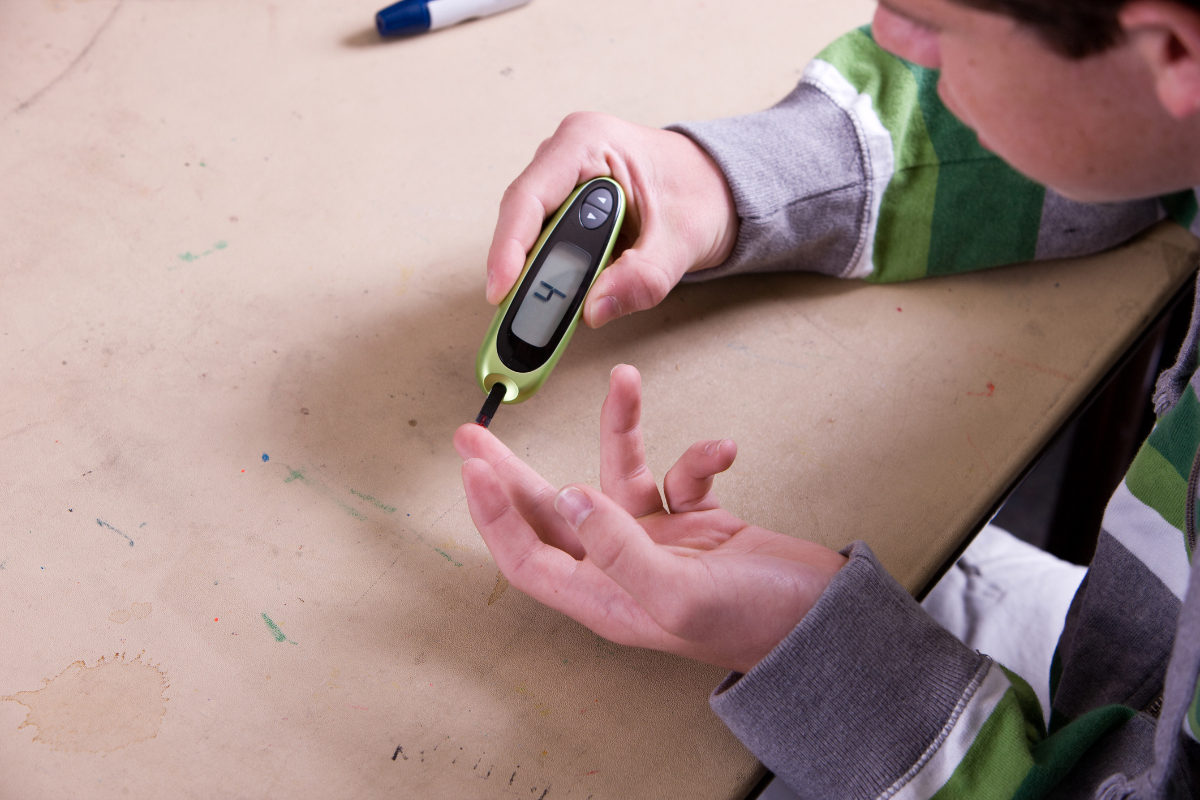Health Capsule
Diabetes Increases in Children and Teens

A recent study found that rates of new cases of diabetes in children and teens rose during 2002 to 2012. The researchers reported increases in the rates of both type 1 and type 2 diabetes.
More than 29 million Americans are living with diabetes. People with diabetes have sugar (glucose) levels that are too high. Over time, high levels of blood glucose can cause many health problems.
In type 1 diabetes, the body does not produce insulin. People with type 1 diabetes need to take insulin every day to stay alive. Type 2 diabetes is caused when the body doesn’t make or use insulin well.
Researchers found that, for each year between 2002 and 2012, the rate of new cases of type 1 diabetes in youths under 20 rose by about 2%. The rate of new cases of type 2 diabetes in youths ages 10 to 19 increased by about 5%. Unlike type 1 diabetes, type 2 is seldom diagnosed in children younger than 10.
The researchers noted that rates of diabetes rose significantly in certain racial and ethnic groups. For type 1 diabetes, the rate of new cases increased in Hispanics, non-Hispanic blacks, and non-Hispanic whites. For type 2 diabetes, the rate of new cases rose in Hispanics, non-Hispanic blacks, Asian Americans/Pacific Islanders, and Native Americans.
The study also detected differences in the rates for male and female youths. For type 1 diabetes, the rate rose more in males. For type 2 diabetes, the rate increased more in females.
“The differences among racial and ethnic groups and between genders raise many questions,” says Dr. Barbara Linder, NIH’s senior advisor for childhood diabetes research. “We need to understand why the increase in rates of diabetes development varies so greatly and is so concentrated in specific racial and ethnic groups.”
NIH-funded studies are now examining what factors may increase the risk of diabetes.
NIH Office of Communications and Public Liaison
Health and Science Publications Branch
Building 31, Room 5B52
Bethesda, MD 20892-2094
Contact Us:
nihnewsinhealth@od.nih.gov
Phone: 301-451-8224
Share Our Materials: Reprint our articles and illustrations in your own publication. Our material is not copyrighted. Please acknowledge NIH News in Health as the source and send us a copy.
For more consumer health news and information, visit health.nih.gov.
For wellness toolkits, visit www.nih.gov/wellnesstoolkits.




